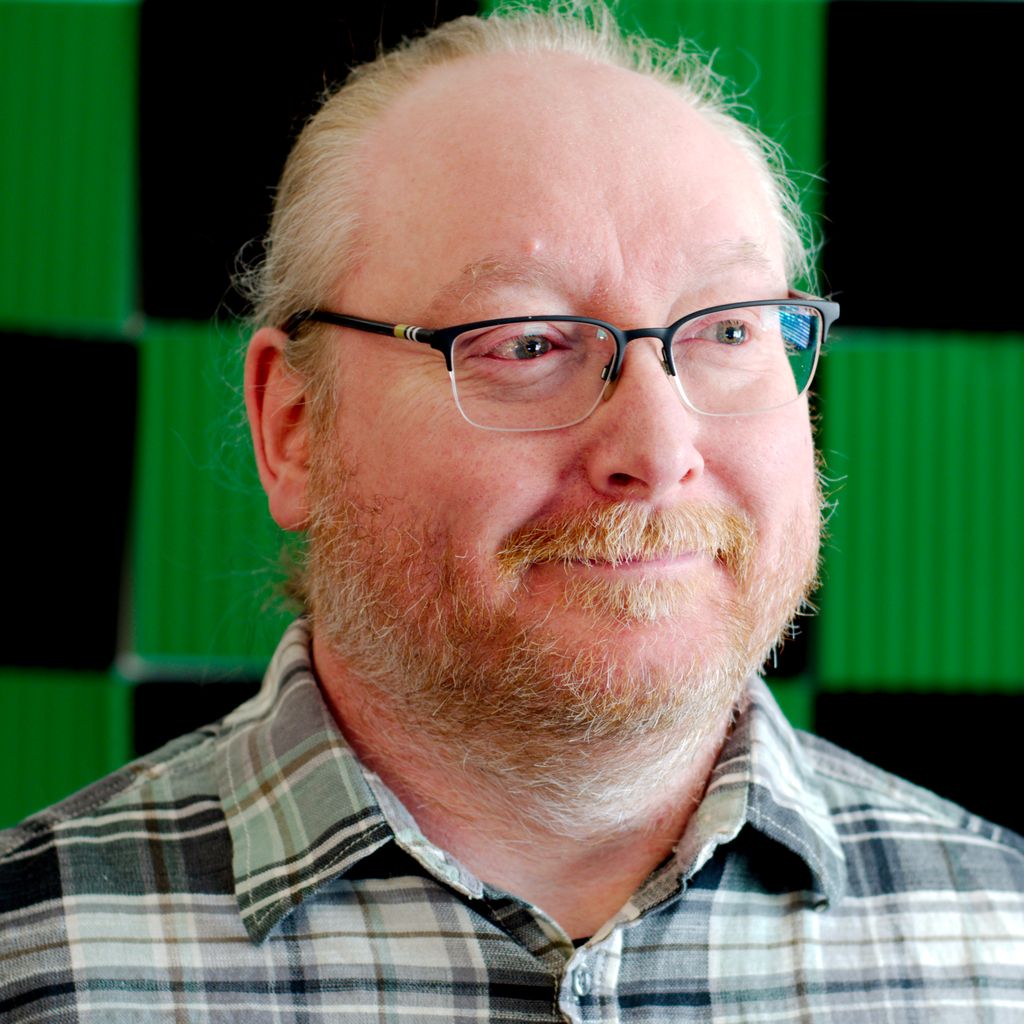
Gordon W. Hudson, RF Engineer—Hetronic, Inc., A Division of Methode Electronics
“Many wireless products have a substantial software
development cycle because so much RF hardware is now software driven.”
One of the biggest challenges in developing wireless devices is overall development cost. Many factors can contribute to those costs, the most important of which is time. Product development includes not only the time spent incurring direct development costs but the time that that product is not on the market generating revenue that offsets costs.
During that development cycle, which can often be six months to a year before you have a certified product, you have engineering costs and the costs of certification testing. You also have software development costs. Many wireless products have a substantial software development cycle because so much radio-frequency (RF) hardware is now software driven. For example, using the 900-megahertz (MHz) ISM band in the United States is pretty straightforward, but if you take that device to Europe, where they have the 869-MHz band and you want to use a certain amount of RF power and air time, you have to employ “polite spectrum access,” where software in your device listens for somebody else on that frequency before it transmits. If another device is using that frequency, your device must switch channels before it can transmit. There is a lot of cognitive RF functionality now and a lot of intelligence in the radios based on where they are in the world, due to the increasing number of wireless devices in a given frequency band.



